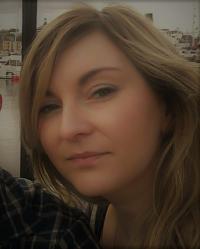Are microalgae putting plastic in our food?

Dr Julie Hope of the University of Auckland will study if microalgae and their interactions with the ocean sediments are causing microplastics to invade our food chain.
Published 8 November 2018

Dr Julie Hope (Photo: provided)
Plastic is everywhere. Nearly 13 million tonnes of plastic waste ends up in the marine environment every year. Most plastics break up into very small particles or microplastics in the ocean. Alarmingly, these microplastic particles are finding their way into our food. A recent study confirmed humans were eating microplastics in Europe, Japan and Russia and in New Zealand we are likely now consuming these contaminants in our delicious Friday fish and chips as well. The long-term effects on human health are largely unknown. We also don’t understand how these microplastics enter our food chain in the first place.
Dr Julie Hope of the University of Auckland thinks the first and most critical step might be microalgae, a key food source for many fish and other marine animals. She has been awarded a Marsden Fund Fast-Start grant to explore whether plastics enter our food chain via microalgae. She will examine how the complex interactions of coastal microalgae and their sedimentary environment affect the distribution and initial ingestion of microplastics. New Zealand’s many kilometres of varied and fertile coastline provide the ideal laboratory to explore this issue.
Her findings will advance our knowledge about the distribution, fate and impact of microplastics in our coastal environments, and will contribute to understanding and mitigating this growing global threat.
